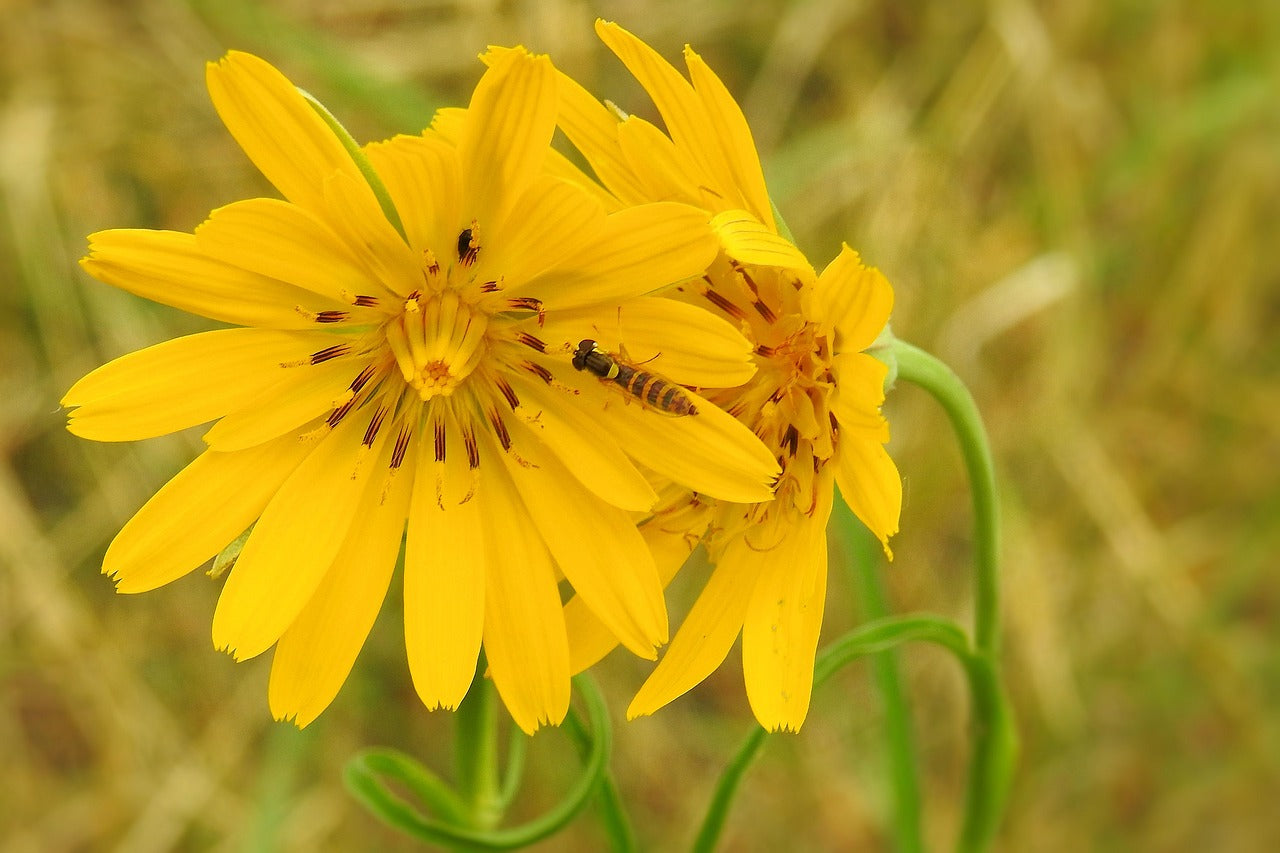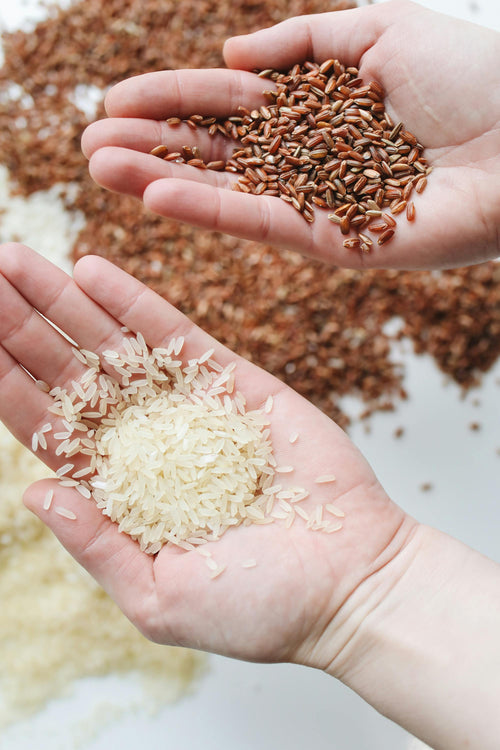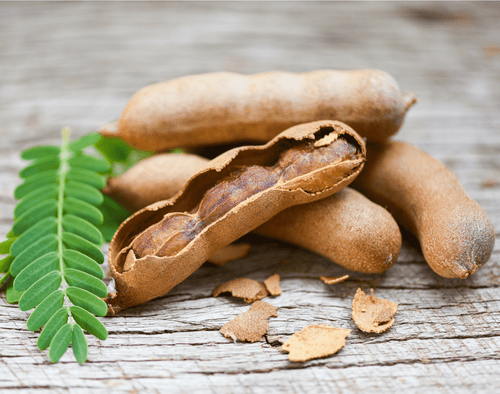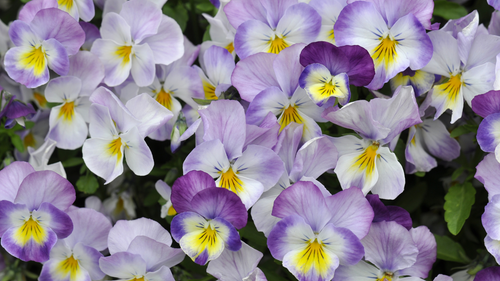To remember :
- Pilosella, from its scientific name Pilosella officinarum , is a perennial plant with diuretic properties.
- Piloselle is recognized for its role in supporting the excretory function of the kidneys.
- Piloselle helps support the body's detoxification functions.
- Piloselle can be used in the case of minor urinary disorders.
What is Pilosella?
Definition
Pilosella , its scientific name Pilosella officinarum , is a plant in the Asteraceae family. Its name alludes to the hairs that line its stem. Used for medicinal purposes since the Middle Ages, this wild plant provides benefits for the body's elimination functions, particularly kidney function .
Origin of Pilosella
This common plant, also called pilosella hawkweed, is native to Europe and western Asia. The pilosella is a perennial plant which grows quickly and which prefers arid soils poor in minerals.
Uses of Pilosella
Discovered thousands of years ago, the use of Pilosella dates back to the Middle Ages. This ancestral plant was used to predict death or the healing of the sick. Over the centuries, Piloselle was used to fight against flu epidemics and rheumatism.
More recently, Pilosella extract, recognized for its role in supporting kidney functions, is highly appreciated in herbal medicine and by the food supplement industry. But in addition to its many health benefits, Piloselle can also be enjoyed in cooking. Its freshly cut leaves can be added to salads for a slightly bitter flavor.
Composition of Pilosella
Piloselle owes its diuretic properties to its composition of active ingredients, notably flavonoids, coumarins and phenolic acids. It contains two other powerful antioxidants: vitamin C and caffeic acid.
The diuretic properties of Piloselle
Pilosella is traditionally known for its diuretic properties, meaning it can stimulate the production and elimination of urine. Piloselle is recognized for its role in supporting the excretory function of the kidneys and can be used in the case of minor urinary disorders.
The detox virtues of Piloselle
Pilosella is also known for its detoxifying properties. It helps support the body's detoxification functions and thus promotes the drainage of toxins.
Indications and dosage of Piloselle
Piloselle can be consumed in the form of food supplements as part of a healthy lifestyle.
Taking pilosella extract is contraindicated in children under 18 years of age and in pregnant or breastfeeding women. It is also common in people who are allergic or suffer from heart or kidney failure. In these cases, please seek the advice of your doctor before taking supplements.
If the dosage is respected, Piloselle does not cause any unwanted side effects. Indeed, to date, the use of pilosella leaves or extracts has not revealed any major side effects. Only a few isolated and rare side effects have been recorded with the occurrence of nausea and heartburn .
Bring Piloselle to your body thanks to DIJO
At DIJO, we are committed to supporting you in your well-being care routines. This is why we developed the Detox Potion product , a cocktail of plants that act in synergy ( Dandelion , Linden Sapwood, Black Radish, Wild Pansy and Pilosella) to support orchestrated elimination functions. by the emunctory organs, for a drained and detoxified organism .
For a real refresher, we have designed the 30-day restart pack , which combines the Detox Potion with 3 other products: the Essential Probiotics , the Liver Detox and the Mega Draining Infusion . This complete treatment offers your body a “fresh start” and a real boost of energy in 30 days.
Sources :
[1] Bräutigam, S., & Greuter, W. (2007). A new treatment of Pilosella for the Euro-Mediterranean flora. Willdenowia , 37 (1), 123-137.
[2] Stanojević, L., Stanković, M., Nikolić, V., Nikolić, L., Ristić, D., Čanadanovic-Brunet, J., & Tumbas, V. (2009). Antioxidant activity and total phenolic and flavonoid contents of Hieracium pilosella L. extracts. sensors , 9 (7), 5702-5714.
[3] Willer, J., Zidorn, C., & Juan-Vicedo, J. (2021). Ethnopharmacology, phytochemistry, and bioactivities of Hieracium L. and Pilosella Hill (Cichorieae, Asteraceae) species. Journal of Ethnopharmacology , 281 , 114465.





















